The discovery that sheds new light on the Knights Templar
Medieval tombs linked to the Holy Grail crusaders have been uncovered in a Staffordshire churchyard
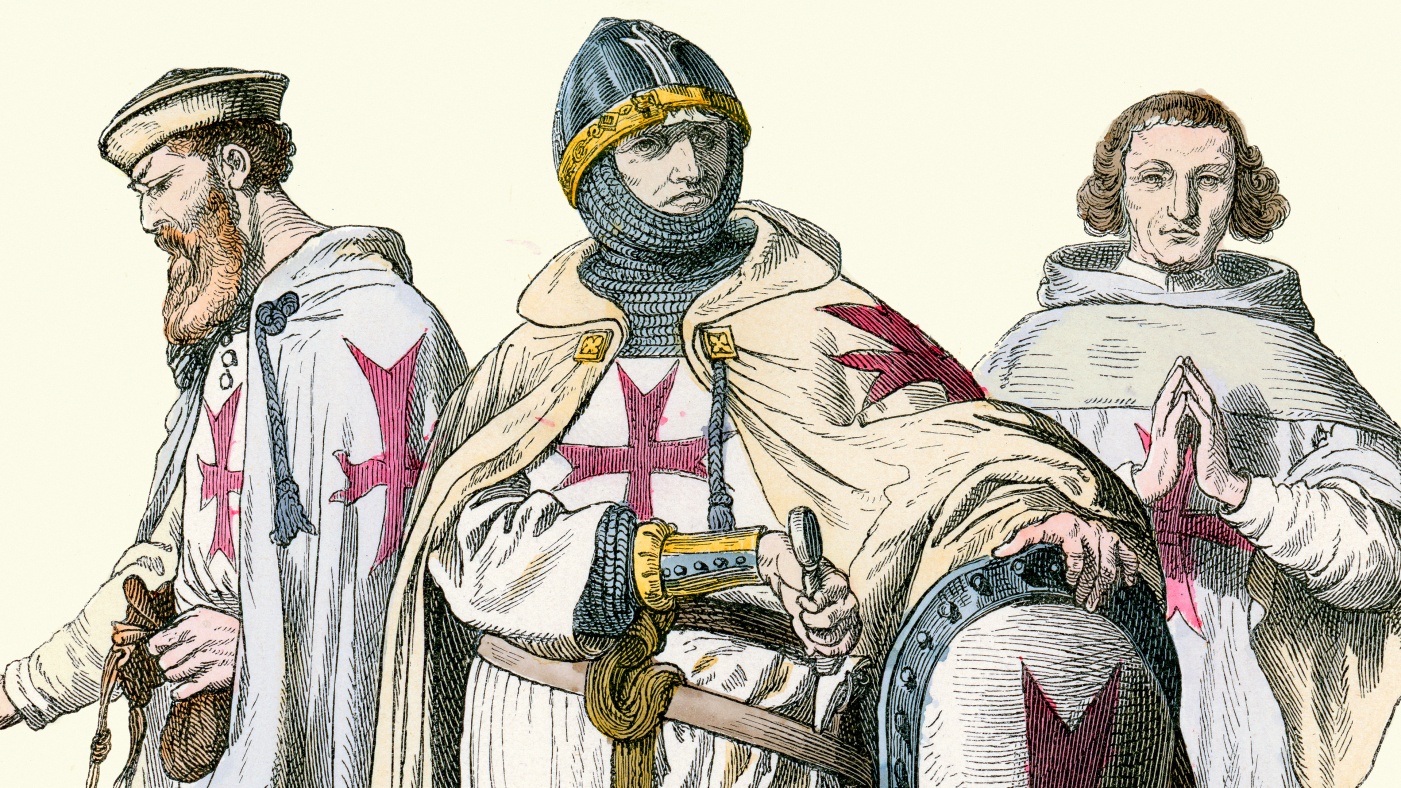
Ancient graves lying forgotten in a Staffordshire churchyard could belong to eight Knights Templar from the 12th century.
Historian Edward Spencer Dyas said he made the “Da Vinci Code-style revelation” after finding medieval tombs at St Mary’s Church in the village of Enville, west of Birmingham, said the Daily Mail.
Dyas discovered three graves in 2021 and believed them to belong to the ancient holy order, the Knights Templar. After more investigation, he has now found five more.
The Week
Escape your echo chamber. Get the facts behind the news, plus analysis from multiple perspectives.

Sign up for The Week's Free Newsletters
From our morning news briefing to a weekly Good News Newsletter, get the best of The Week delivered directly to your inbox.
From our morning news briefing to a weekly Good News Newsletter, get the best of The Week delivered directly to your inbox.
The additional graves were uncovered after studying historical surveys of Staffordshire and Enville drawn by the prominent 19th-century architect John Chessell Buckler. “We are fortunate Buckler came to make these drawings. Without his efforts these Templar graves found inside Enville church would have been lost to us,” Dyas told The Telegraph.
The discovery means that the 12th-century church could be “one of the most nationally important churches in the country”, he added.
Who were the Knights Templar?
The Knights Templar were a powerful military organisation of devout Christians in the medieval era. Formed around 1119, the order was tasked with ensuring the safety of pilgrims on their way to Jerusalem, but would take on greater military roles throughout the Crusades of the 12th and 13th centuries.
Their prominence and wealth would eventually provoke opposition from rival orders. “Falsely accused of blasphemy and blamed for Crusader failures in the Holy Land, the order was destroyed by King Philip IV of France” in 1307, said Britannica.
A free daily email with the biggest news stories of the day – and the best features from TheWeek.com
“The Templars live on in popular culture – from the video game ‘Assassin’s Creed’ to Dan Brown’s ‘The Da Vinci Code’,” said The Washington Post. But author Dan Jones told the paper there is “no credence to the conspiratorial fantasies that have been spun around the Templars over the years. No, they do not guard the Ark of the Covenant or the Holy Grail, and never did. No, a surviving remnant does not protect the identities of the descendants of Jesus and Mary Magdelene. No, the order does not secretly run the world.”
What do we know about the graves?
The reason there are so many Templar graves in a Staffordshire church remains a mystery – although members of the order were believed to have attached themselves to churches dedicated to the Virgin Mary.
Dyas believes the graves may belong to members of the Knights Templar because of distinctive symbols found on the headstones – a “Templar cross within double circles”, which is a “standard Templar design”, said the Mail.
One grave bears a “Crusader cross”, potentially indicating that the knight was part of both the Templar Order and the ancient Crusaders. At the foot of the same grave there also lies a Templar cross – a variation of the Jerusalem Cross – hinting that this knight might have been associated with the Templar Order at the Temple Mount in Jerusalem.
Dyas’s research suggests that St Mary’s Church was built by Roger de Bermingham, a priest whose family owned lane around Enville, including the nearby Morfe royal forest.
“Henry de Morfe, who held land owned by the de Berminghams, sold part of Morfe Forest to the Templars at this time, and the de Berminghams instated Roger de Bermingham as the first priest of St Mary’s Church, Enville,” said Dyas in Stourbridge News.
The church, Dyas believes, was therefore “under the patronage of the Templars”.
But not all experts are convinced that the graves can be linked to the Knights Templar. Helen Nicholson, emerita professor of medieval history at Cardiff University, said: “A cross alone is not enough to show that a tomb was connected to the Templars.”
She went on: “The Templars did not use a distinctive cross – their crosses had four arms the same length, but otherwise varied,” she said. She added that there was no record of Templars owning property in Enville.
Professor Ken Dark, an archaeologist and historian at King’s College London, also told the Mail: “The meaning of the symbolism, association with the Templars, and even dating of these tombstones, all seem doubtful.”
-
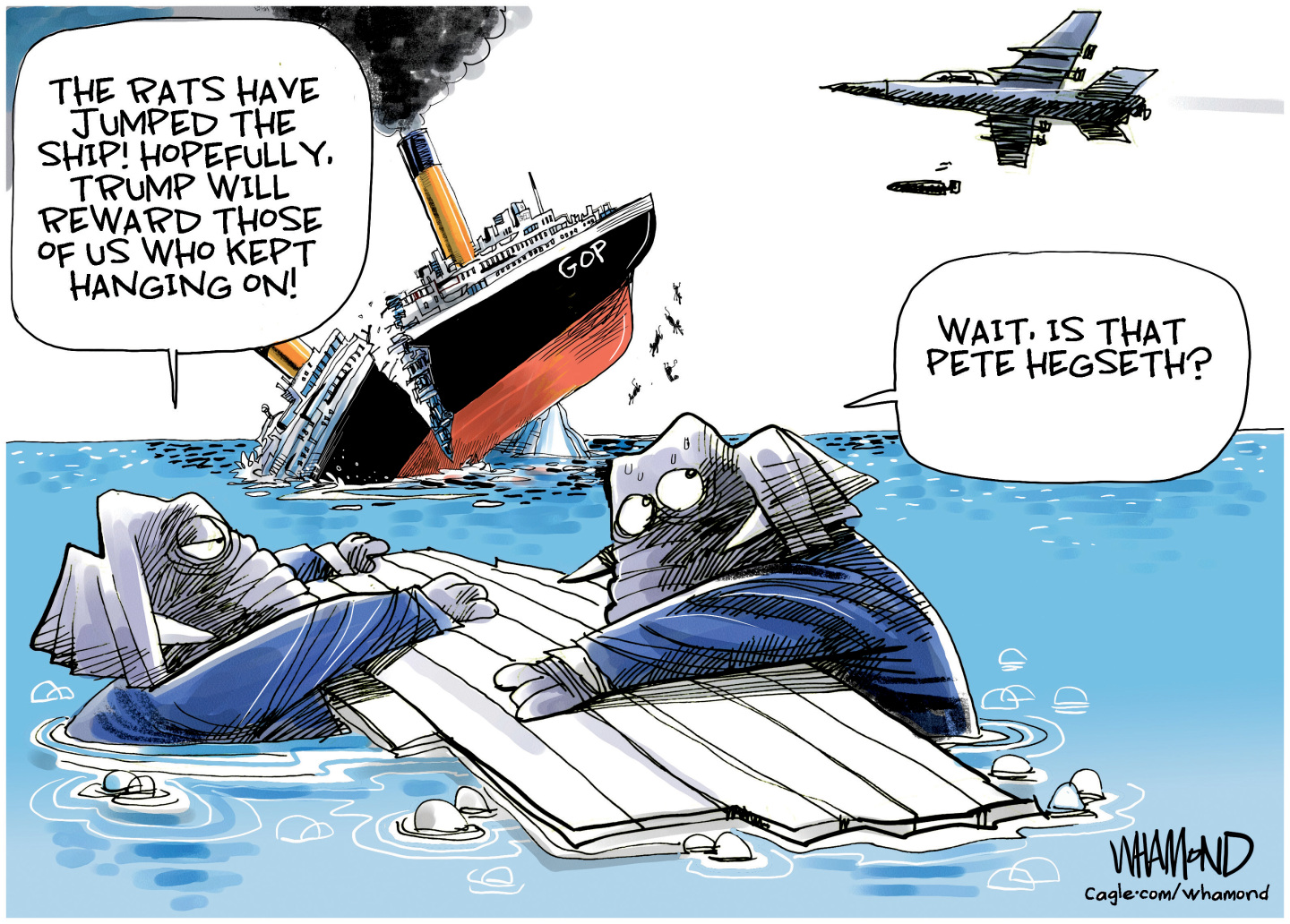 Political cartoons for December 20
Political cartoons for December 20Cartoons Saturday’s political cartoons include drowning rats, the ACA, and more
-
 5 fairly vain cartoons about Vanity Fair’s interviews with Susie Wiles
5 fairly vain cartoons about Vanity Fair’s interviews with Susie WilesCartoon Artists take on demolition derby, alcoholic personality, and more
-
 Joanna Trollope: novelist who had a No. 1 bestseller with The Rector’s Wife
Joanna Trollope: novelist who had a No. 1 bestseller with The Rector’s WifeIn the Spotlight Trollope found fame with intelligent novels about the dramas and dilemmas of modern women
-
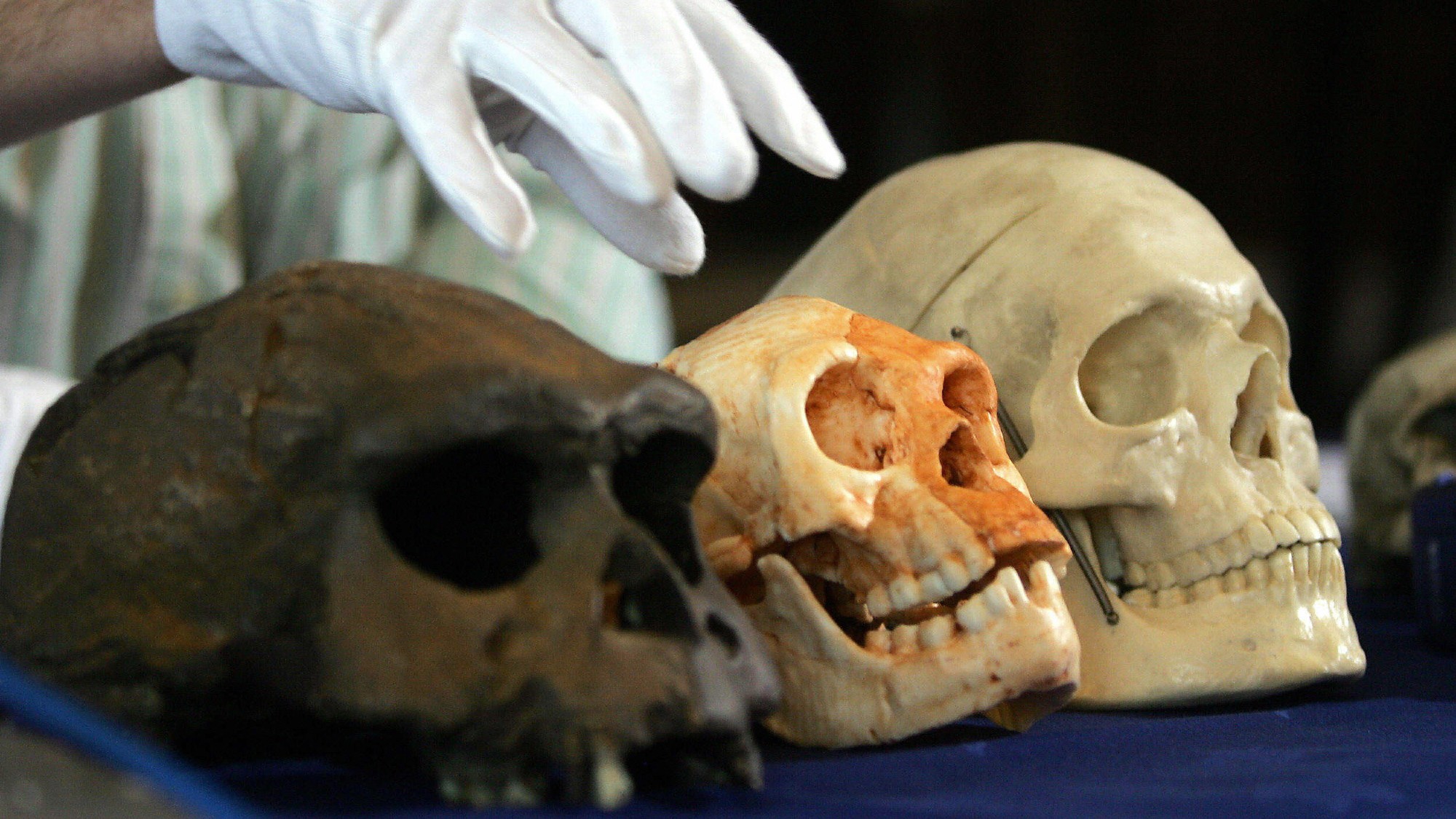 Homo floresiensis: Earth’s real-life ‘hobbits’
Homo floresiensis: Earth’s real-life ‘hobbits’Under the Radar New research suggests that ‘early human pioneers’ in Australia interbred with archaic species of hobbits at least 60,000 years ago
-
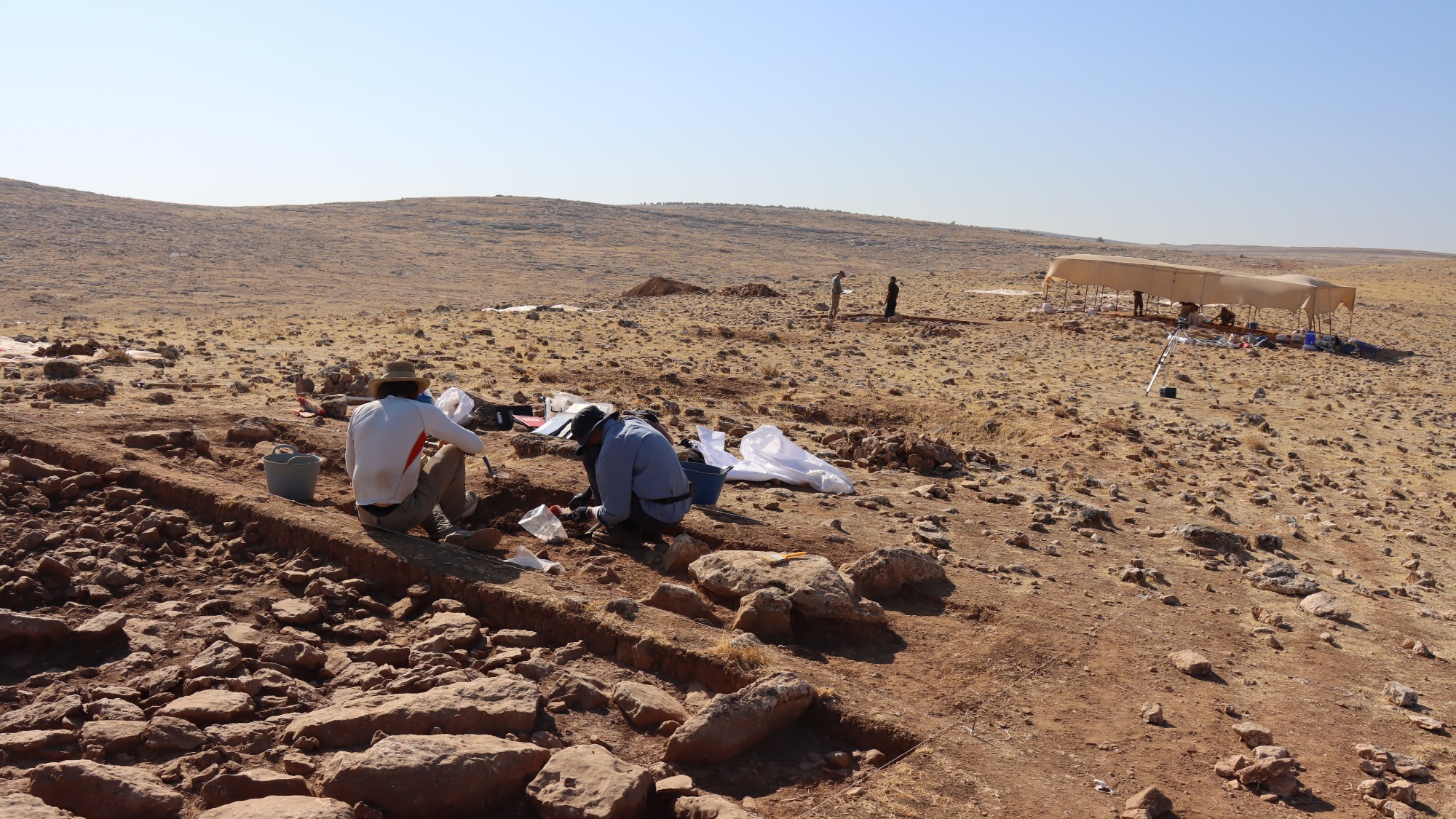 Mendik Tepe: the ancient site rewriting human history
Mendik Tepe: the ancient site rewriting human historyUnder The Radar Excavations of Neolithic site in Turkey suggest human settlements more than 12,000 years ago
-
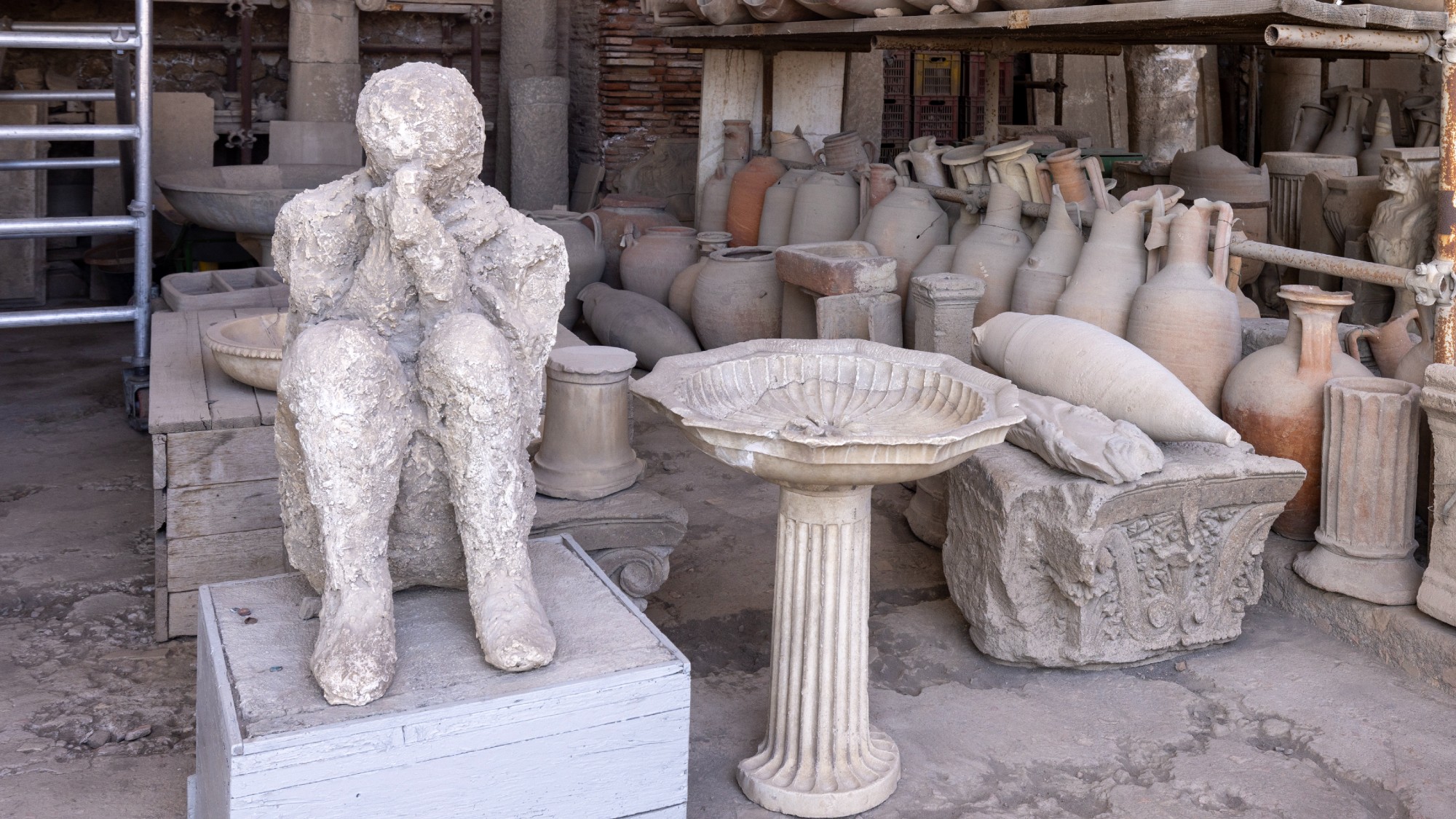 The seven strangest historical discoveries made in 2025
The seven strangest historical discoveries made in 2025The Explainer From prehistoric sunscreen to a brain that turned to glass, we've learned some surprising new facts about human history
-
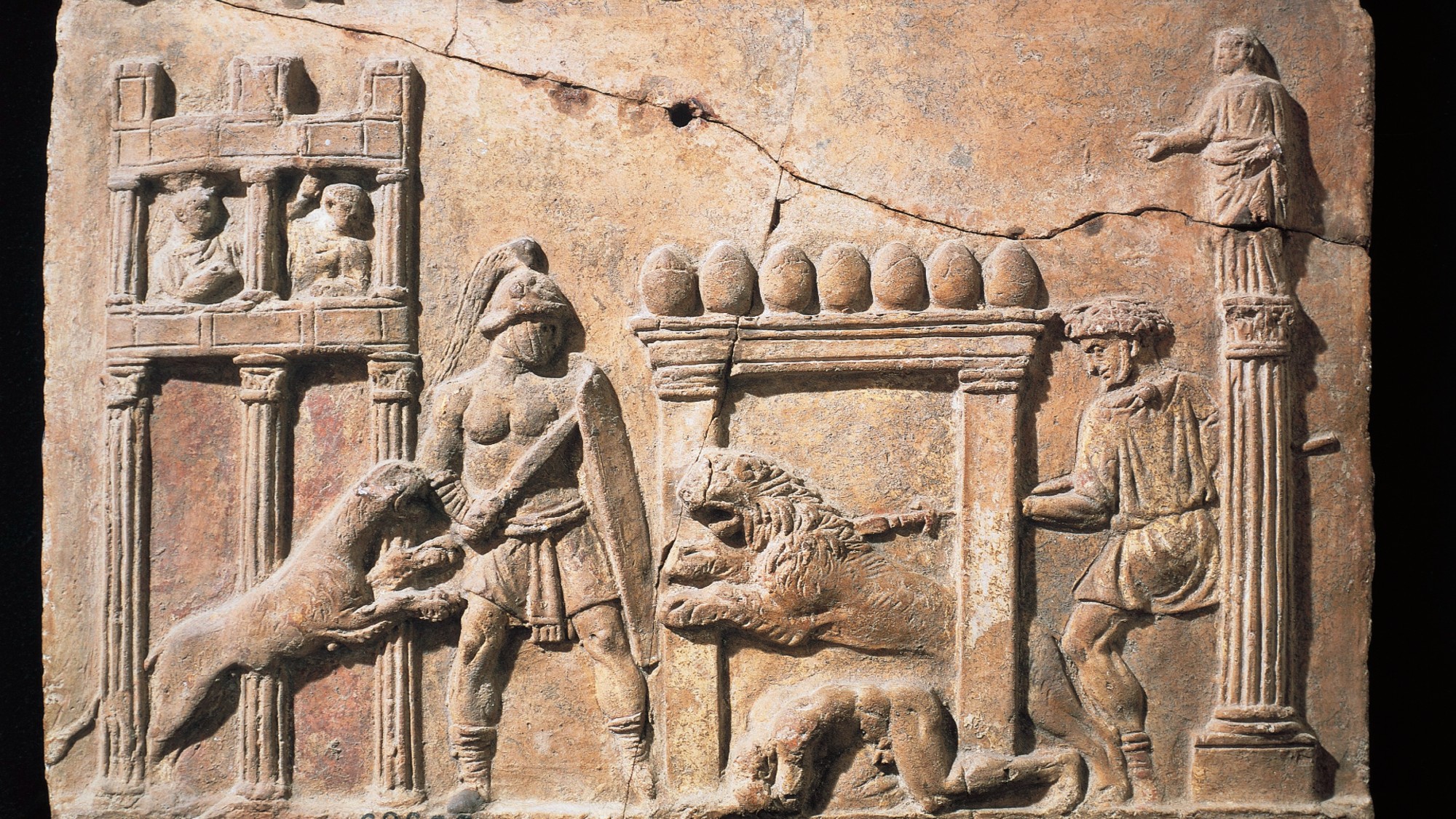 Scientists have found the first proof that ancient humans fought animals
Scientists have found the first proof that ancient humans fought animalsUnder the Radar A human skeleton definitively shows damage from a lion's bite
-
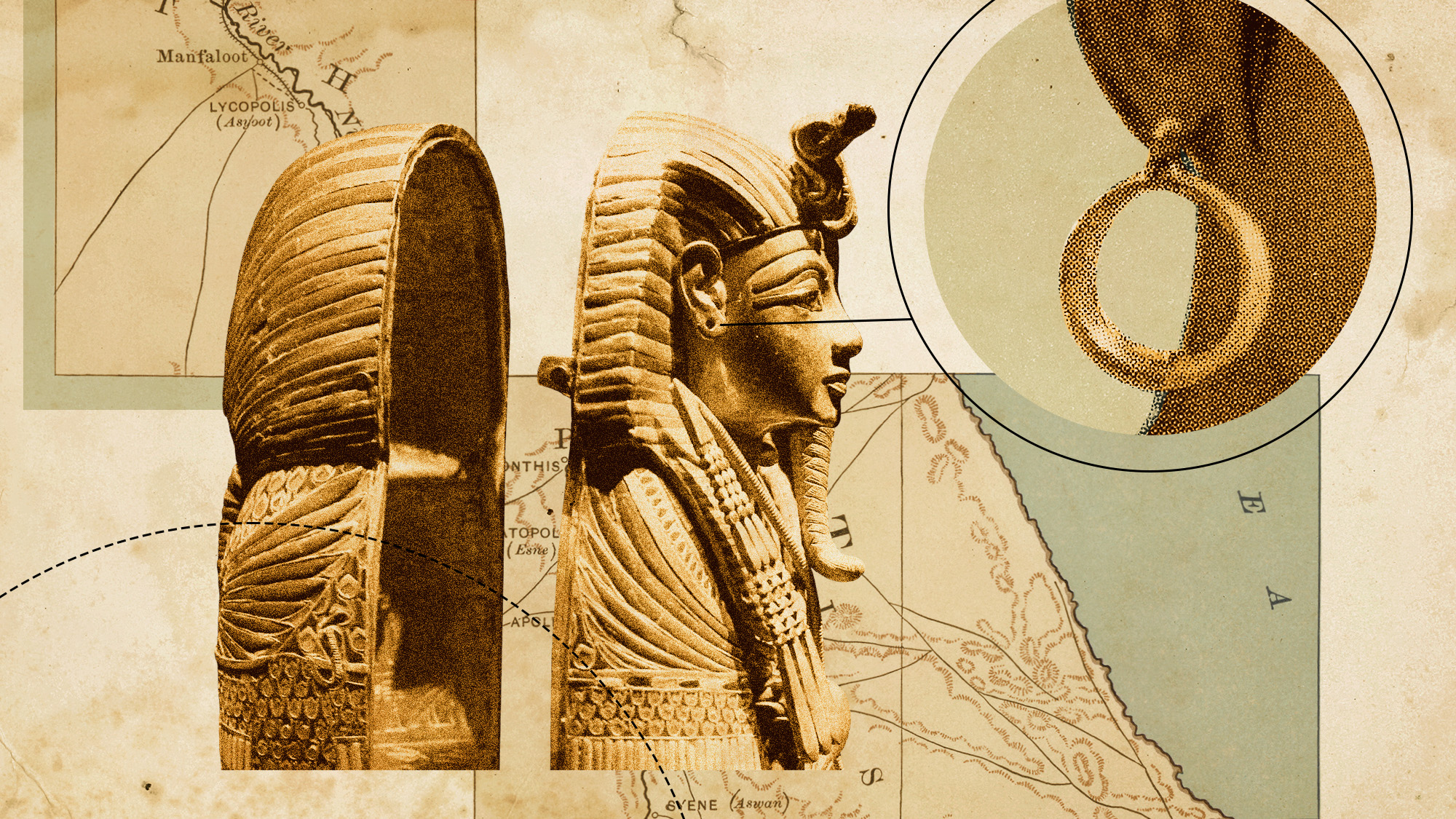 Tutankhamun: the mystery of the boy pharaoh's pierced ears
Tutankhamun: the mystery of the boy pharaoh's pierced earsUnder the Radar Researchers believe piercings suggest the iconic funerary mask may have been intended for a woman
-
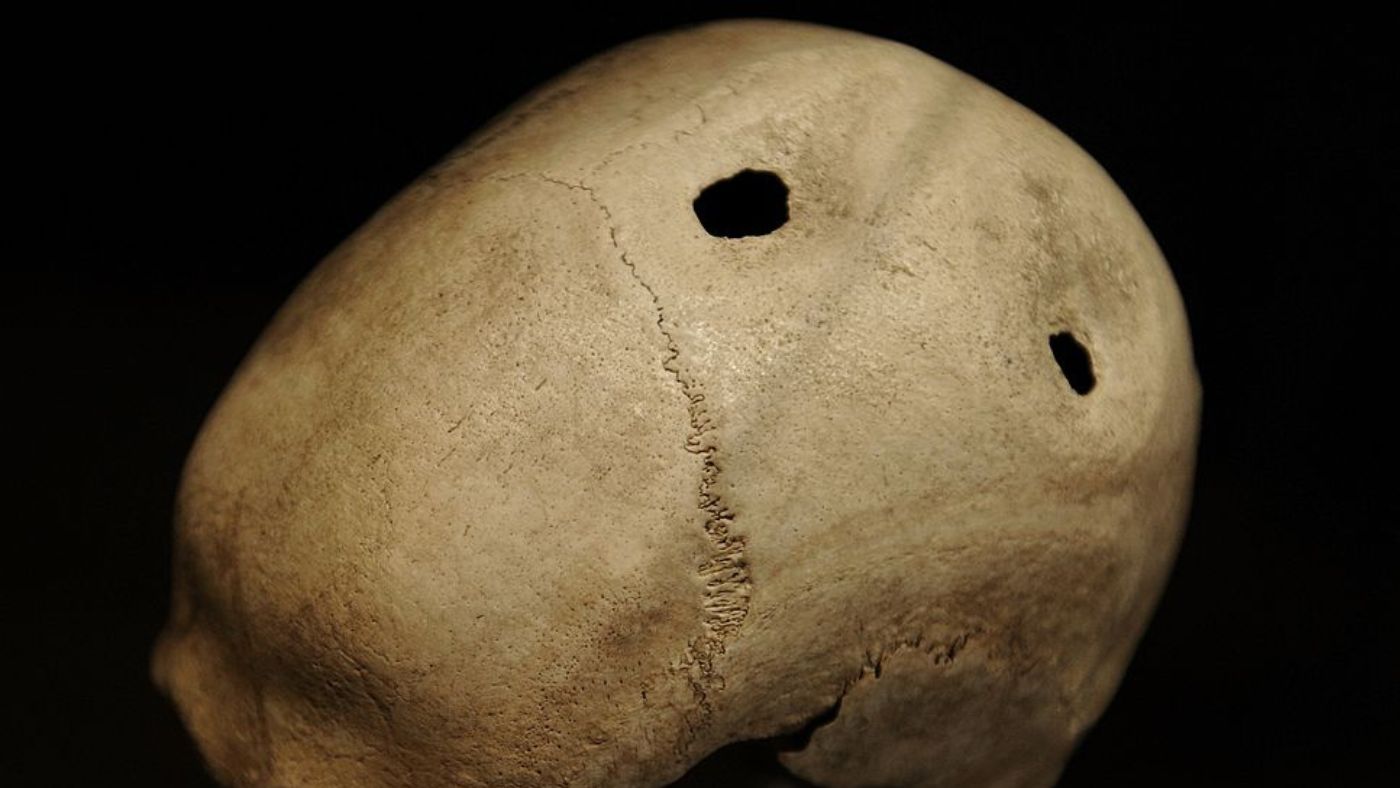 Rare brain surgery performed 3,500 years ago
Rare brain surgery performed 3,500 years agoSpeed Read Archaeologists discover punctured skull dating back to 1500BC below floor of Israel home
-
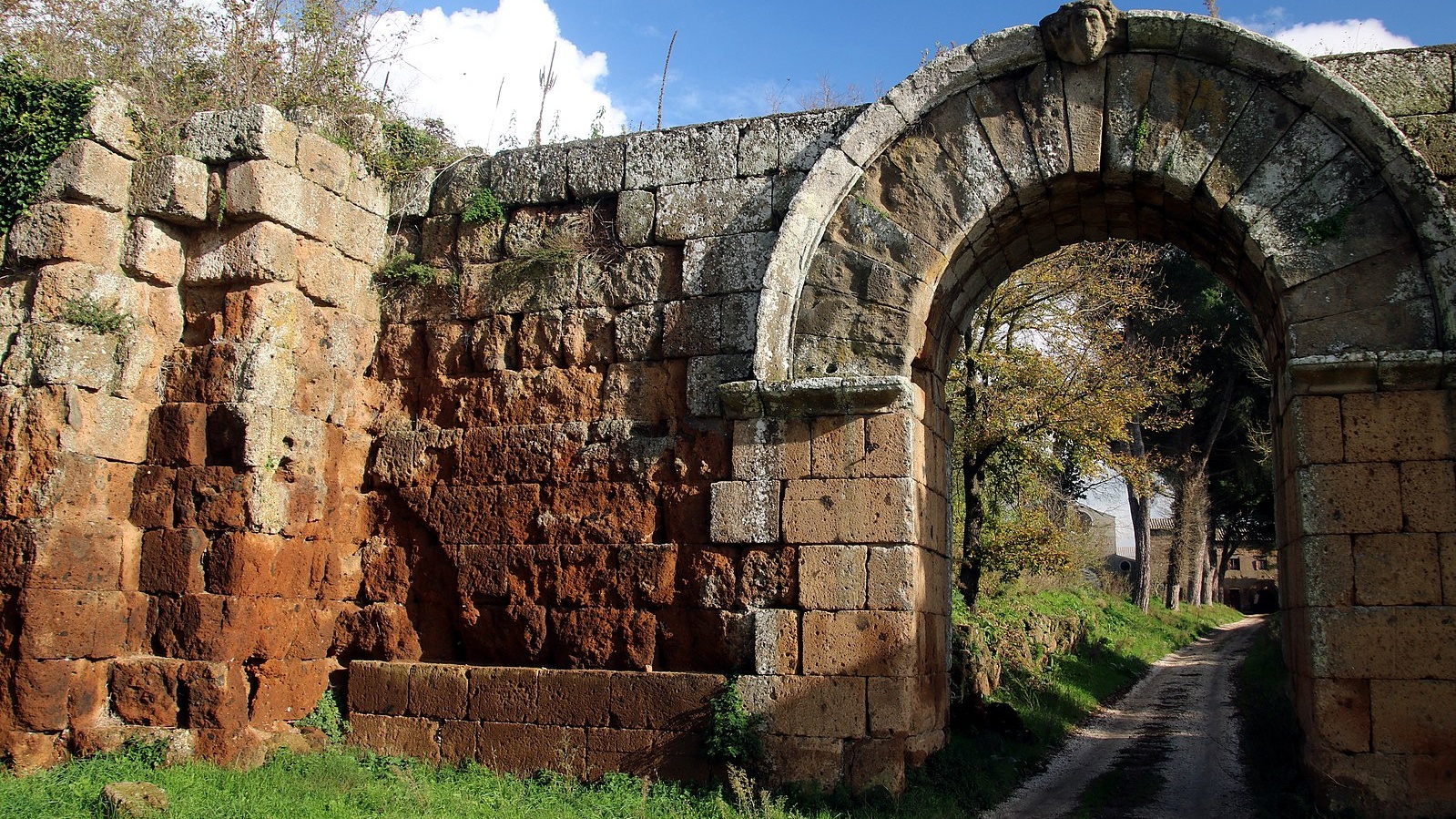 Archaeologists map Roman city using ‘quad bike and radar’
Archaeologists map Roman city using ‘quad bike and radar’Speed Read New scanning system reveals ‘elaborate’ details of ancient settlement
-
 The Aldi prince: what we know about ‘Essex’s answer to Tutankhamun’
The Aldi prince: what we know about ‘Essex’s answer to Tutankhamun’In Depth New analysis suggests ancient burial site near Southend was last resting place of Anglo-Saxon royal